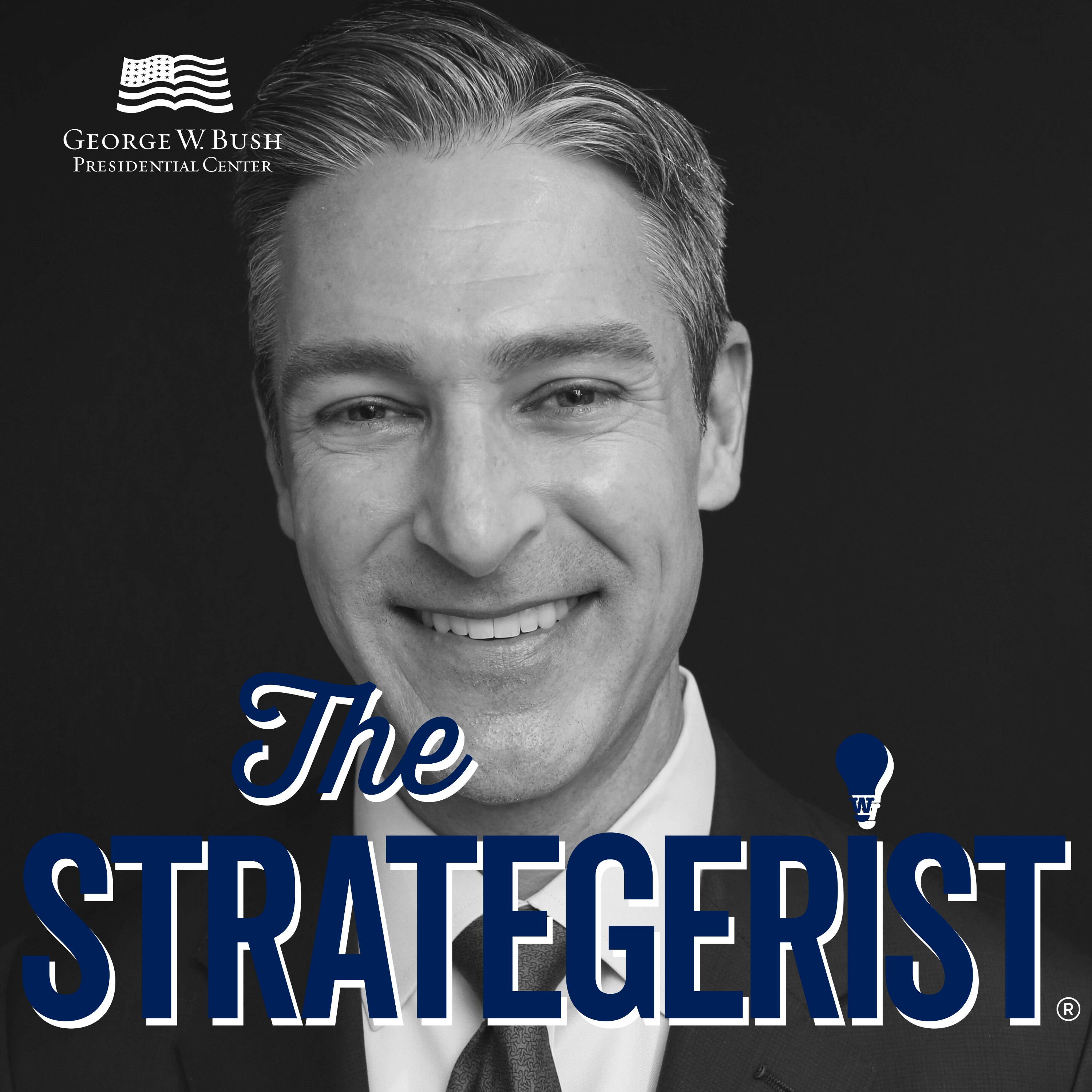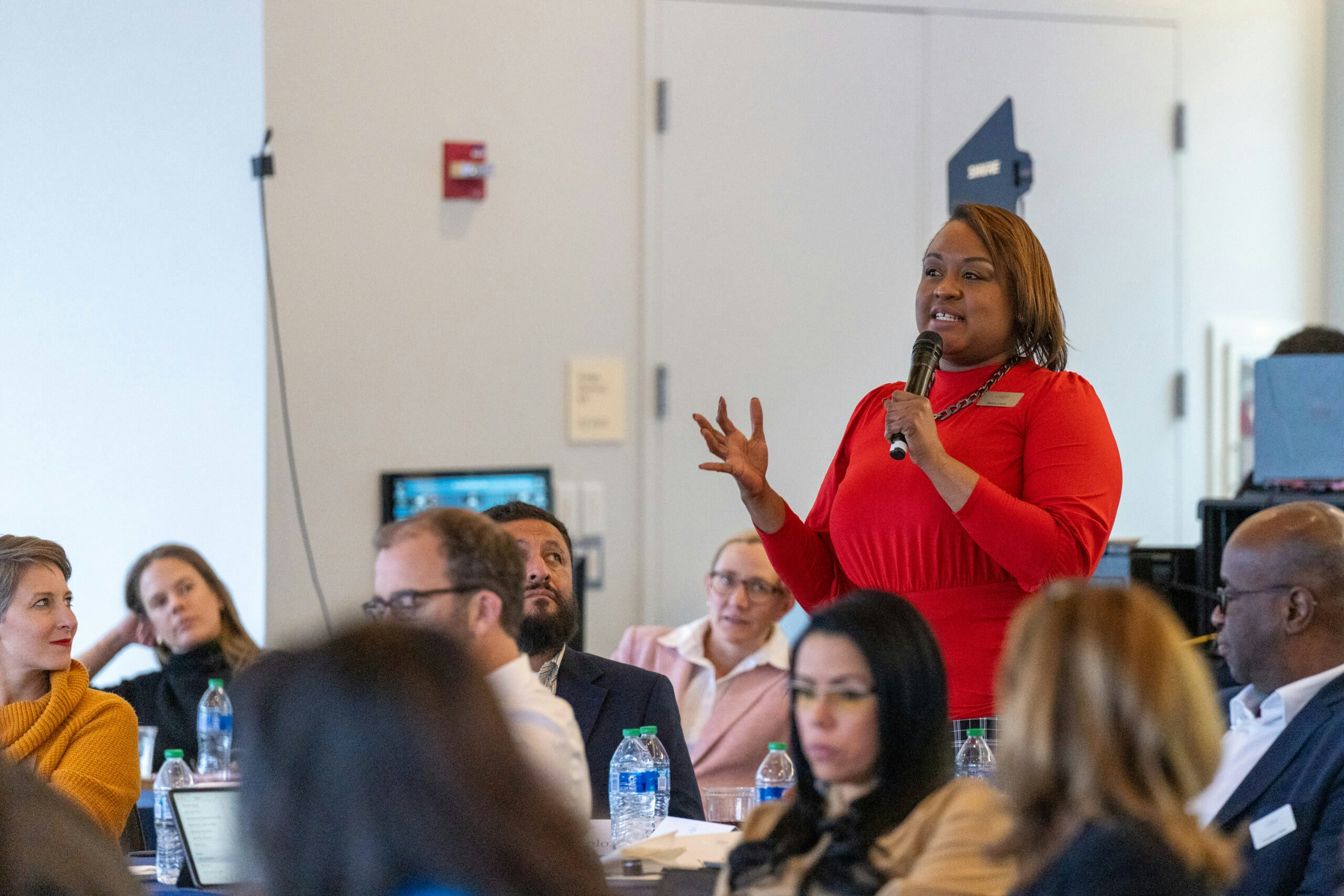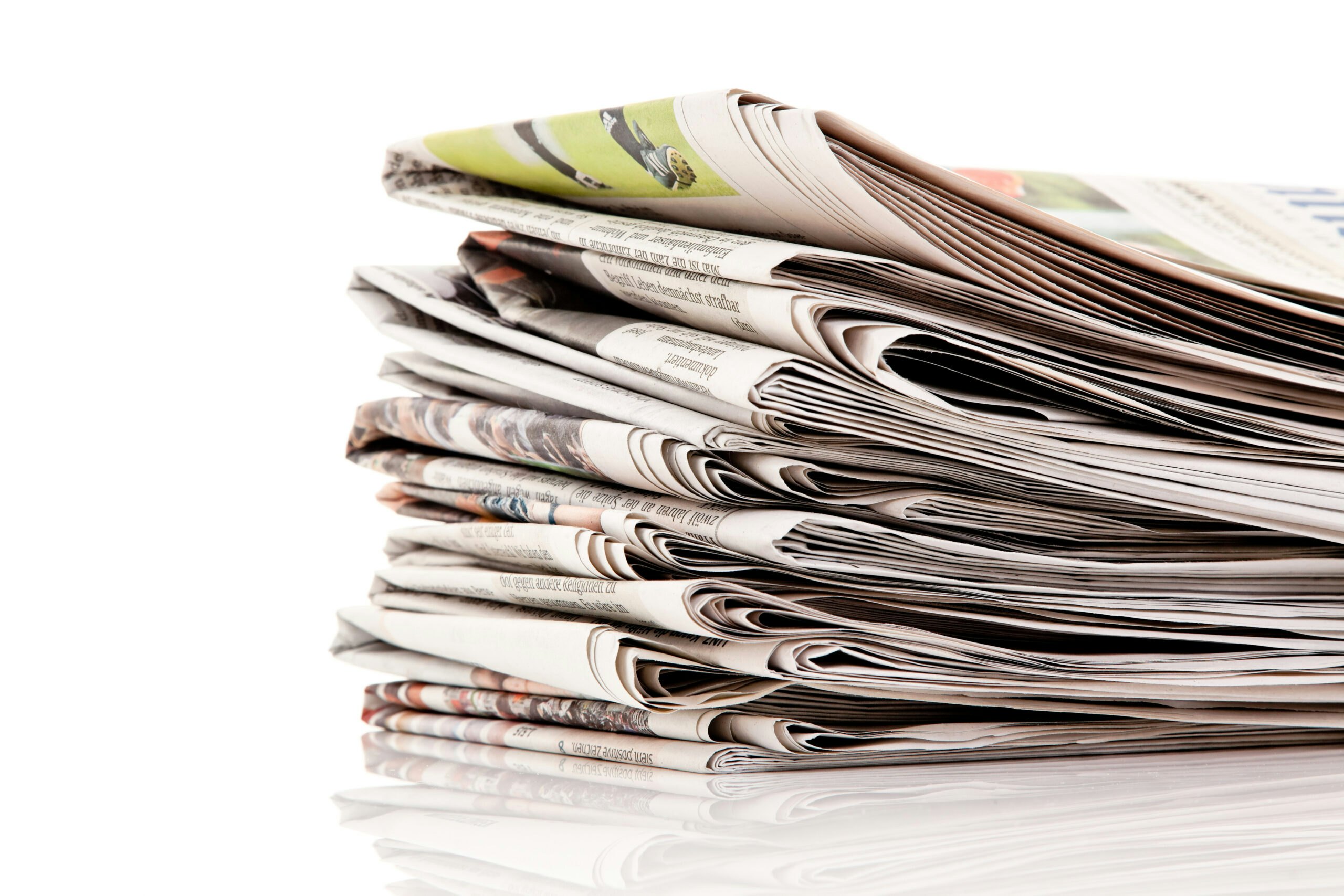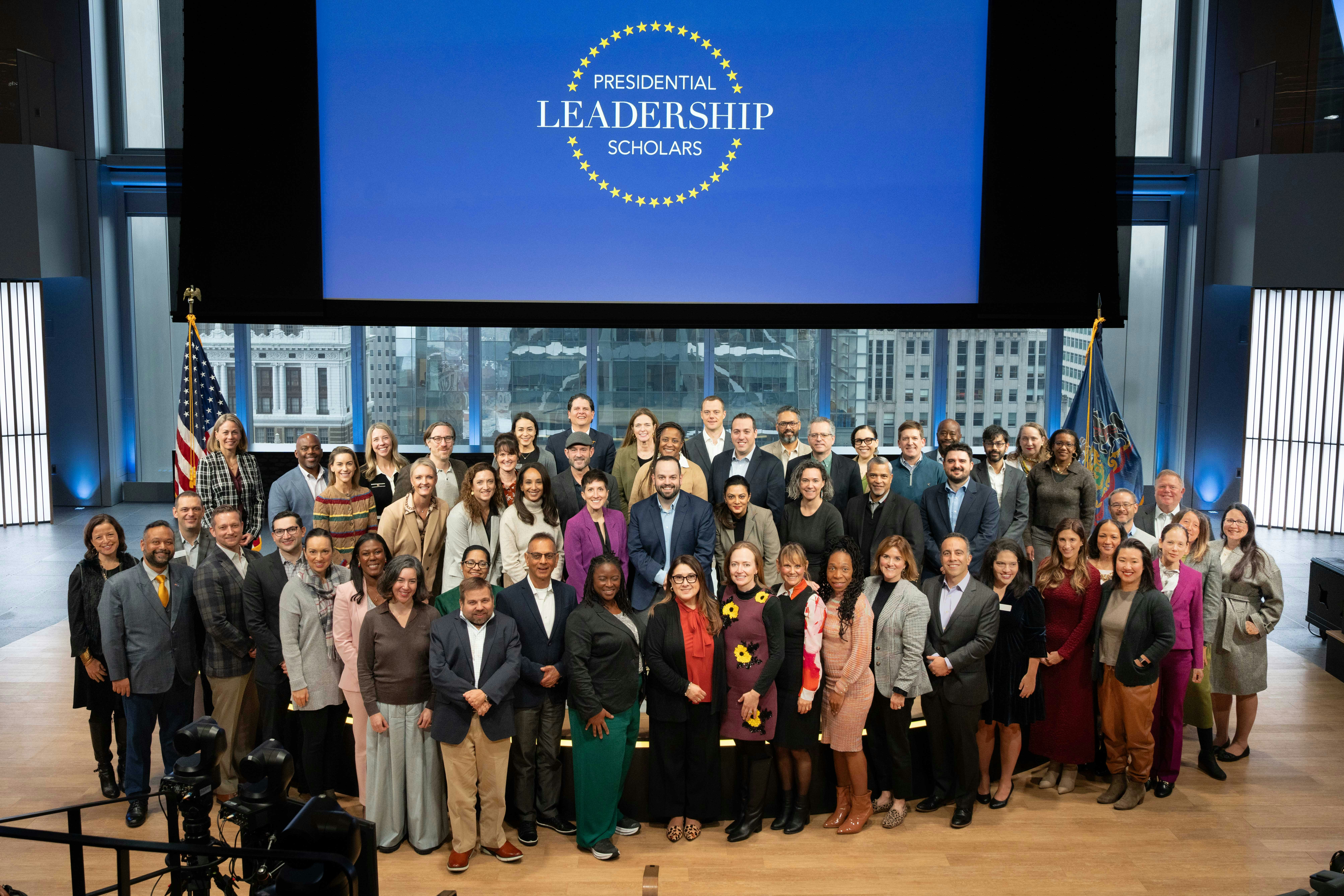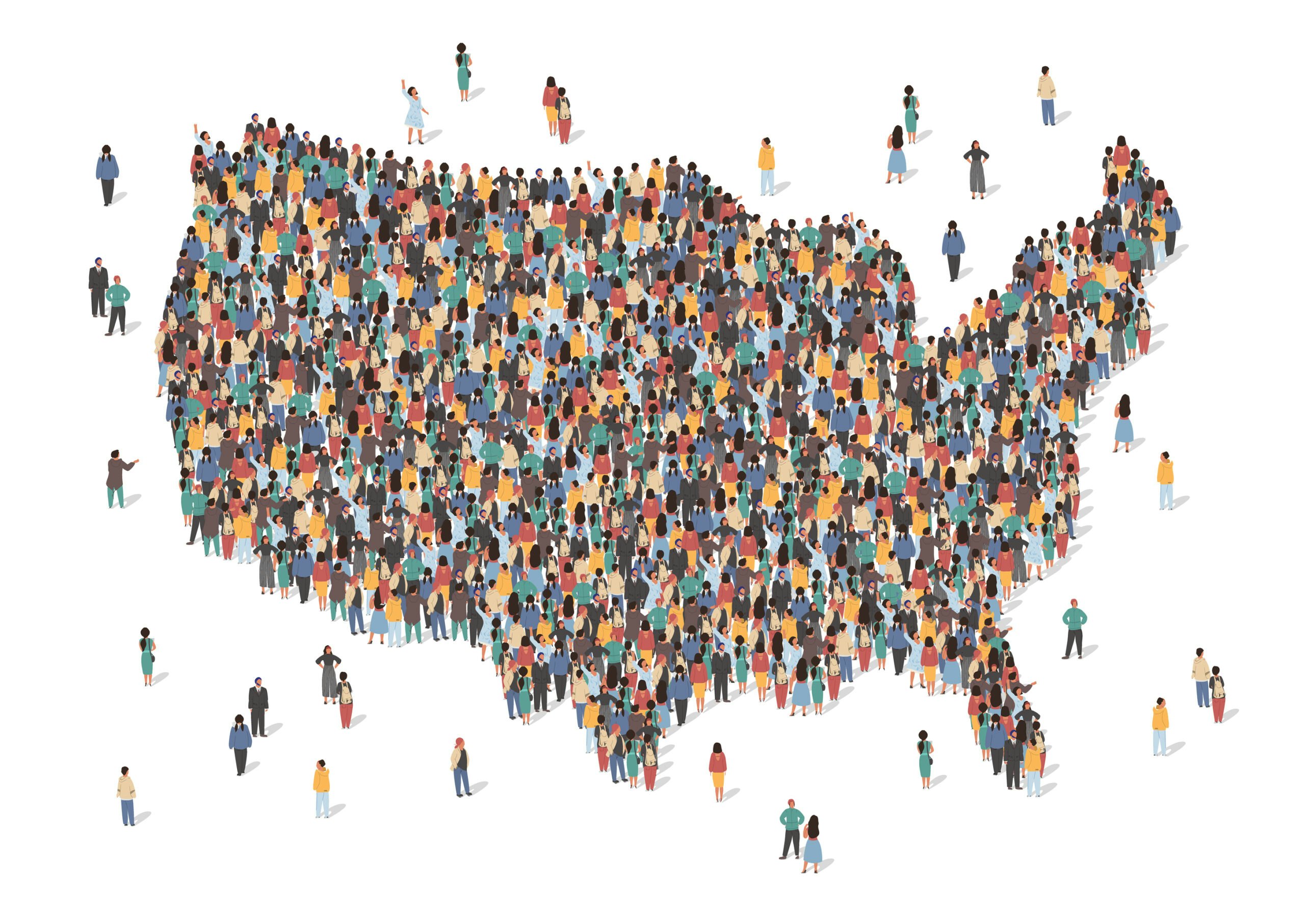Presidential Leadership Scholar Randell Trammell leads the Georgia Center for Civic Engagement – a non-partisan organization whose mission is to educate and equip students to become informed and active citizens. In honor of Independence Day, Trammell reflects on our ongoing shared pursuit of freedom as Americans and the George W. Bush Presidential Center’s Freedom Matters special exhibit.
One of the challenges of working with middle and high school students is the answering the persistent question, “so what?” This is particularly true when teaching history and government. Most students have relegated history and government as a dusty, crusty old person’s “thing” and think it has little to no relevance to their lives. It’s my job as a civics educator to present students with opportunities, situations, and experiences that help them discover otherwise.
I firmly believe that it’s vitally important to place students in settings where they can explore and reflect on the importance of civics and history via new experiences and information. It’s one of the guiding principles behind the Center for Civic Engagement. I recently found that the George W. Bush Presidential Center’s special exhibit, Freedom Matters, provides such a setting.
The exhibit starts with existential questions on the origins of freedom. Does it come from a higher power? Does it come from nature? Does it come from the government? No single answer is provided. Rather, the exhibit takes visitors on a journey on the road to freedom, showcasing key moments from our shared history.
The visitor confronts evidence of America’s deep founded belief in the right to freedom – especially the pursuit of life, liberty, and happiness. Foundational documents, such a 14th century copy of the Magna Carta and a handful of remaining broadside prints of the U.S. Constitution and Declaration of Independence form a central part of the journey.
When Americans laid the cornerstones of liberty, liberty and justice weren’t actually for all. But our Nation continued to work toward that more perfect union, guided by the abolitionist, Civil Rights, and women’s suffrage movements and led by visionaries like Fredrick Douglass and the suffragists.
As the journey of freedom continues, we must listen to the voices of those who cried out against injustice, who rallied for suffrage, and who still struggle for a broader definition of for all. We’ve come a long way, but we haven’t yet arrived at that more perfect union.
At the end of the exhibit, visitors have walked alongside the forerunners of freedom, felt the struggle, and, perhaps, shed a few tears. They experienced the joy when the first ballot was cast by a Black American or when all communities were able to worship freely in the way they choose.
But the journey doesn’t end. Rather, the exhibit closes with a challenge to do more than bear witness to history, but become an active participant in the pursuit of freedom.
The focus turns from rights to responsibility, bringing to my mind the old hymn, “My country ‘tis of thee, sweet land of liberty” that beckons We The People to BE THE PEOPLE. We’re left with a decision to make: how to contribute to the pursuit of freedom.
The hymn of America is still being written in every tongue, every language, every creed. The journey toward that more perfect union continues. And what started as a historical fieldtrip suddenly becomes a personal trek toward freedom – but one that all Americans are on.






